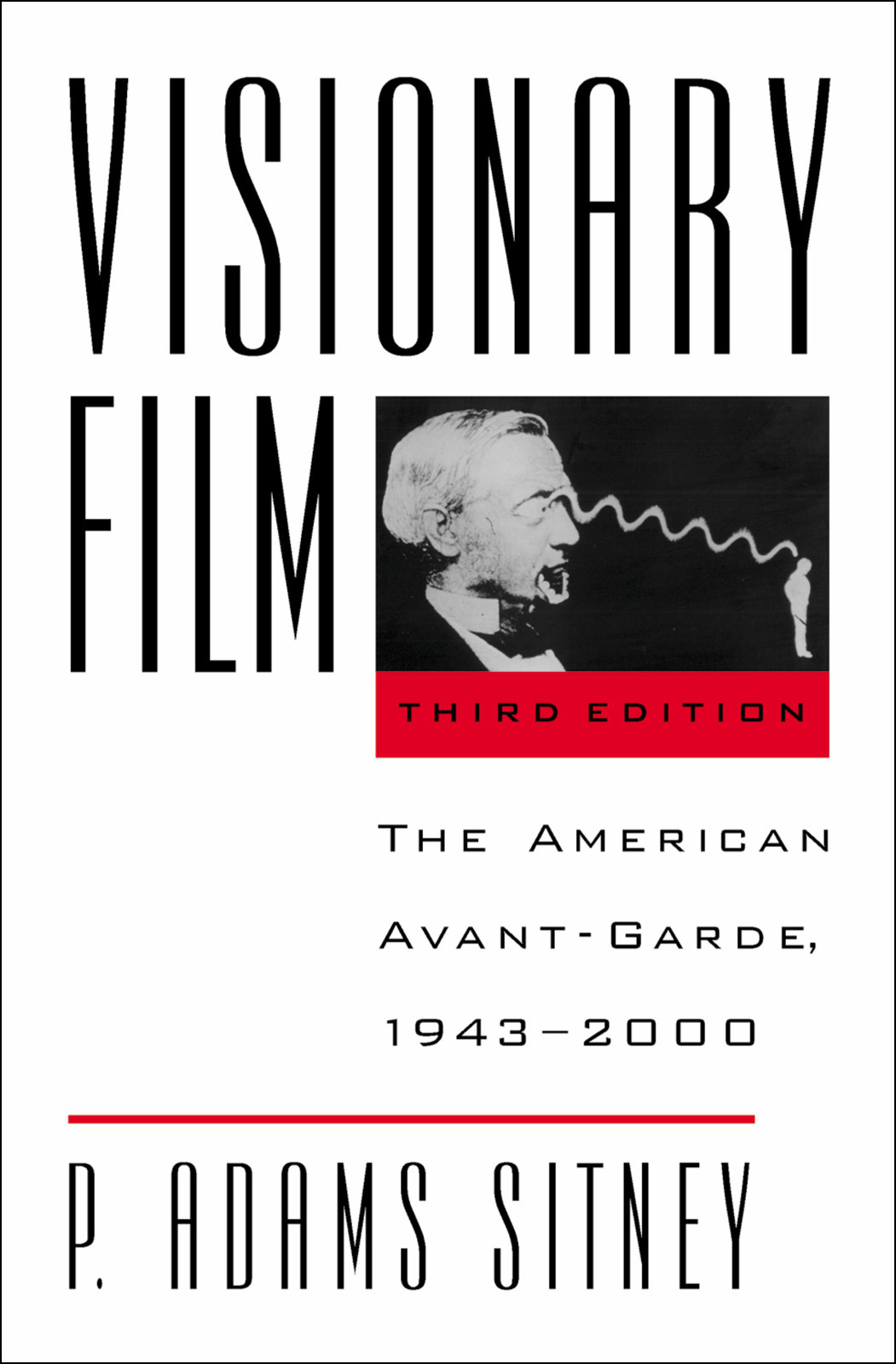Herman H. Goldstine: The Computer from Pascal to von Neumann (1972/1993)
Filed under book | Tags: · computing, history of computing, history of technology, technology

In 1942, Lt. Herman H. Goldstine, a former mathematics professor, was stationed at the Moore School of Electrical Engineering at the University of Pennsylvania. It was there that he assisted in the creation of the ENIAC, the first electronic digital computer. The ENIAC was operational in 1945, but plans for a new computer were already underway. The principal source of ideas for the new computer was John von Neumann, who became Goldstine’s chief collaborator. Together they developed EDVAC, successor to ENIAC. After World War II, at the Institute for Advanced Study, they built what was to become the prototype of the present-day computer. Herman Goldstine writes as both historian and scientist in this first examination of the development of computing machinery, from the seventeenth century through the early 1950s. His personal involvement lends a special authenticity to his narrative, as he sprinkles anecdotes and stories liberally through his text.
Publisher Princeton University Press, 1993
ISBN 0691023670, 9780691023670
PDF (no OCR; updated on 2012-7-25)
Comment (1)Paul D. Miller, aka DJ Spooky That Subliminal Kid: Rhythm Science (2004)
Filed under pamphlet | Tags: · code, language, memory, music, myth, networks, remix, sound recording, technology

“Once you get into the flow of things, you’re always haunted by the way that things could have turned out. This outcome, that conclusion. You get my drift. The uncertainty is what holds the story together, and that’s what I’m going to talk about.”
—Rhythm Science
The conceptual artist Paul Miller, also known as Dj Spooky that Subliminal Kid, delivers a manifesto for rhythm science—the creation of art from the flow of patterns in sound and culture, “the changing same.” Taking the Dj’s mix as template, he describes how the artist, navigating the innumerable ways to arrange the mix of cultural ideas and objects that bombard us, uses technology and art to create something new and expressive and endlessly variable. Technology provides the method and model; information on the web, like the elements of a mix, doesn’t stay in one place. And technology is the medium, bridging the artist’s consciousness and the outside world.
Miller constructed his Dj Spooky persona (“spooky” from the eerie sounds of hip-hop, techno, ambient, and the other music that he plays) as a conceptual art project, but then came to see it as the opportunity for “coding a generative syntax for new languages of creativity.” For example: “Start with the inspiration of George Herriman’s Krazy Kat comic strip. Make a track invoking his absurd landscapes… What do tons and tons of air pressure moving in the atmosphere sound like? Make music that acts a metaphor for that kind of immersion or density.” Or, for an online “remix” of two works by Marcel Duchamp: “I took a lot of his material written on music and flipped it into a DJ mix of his visual material—with him rhyming!”
Tracing the genealogy of rhythm science, Miller cites sources and influences as varied as Ralph Waldo Emerson (“all minds quote”), Grandmaster Flash, W. E. B Dubois, James Joyce, and Eminem. “The story unfolds while the fragments coalesce,” he writes.
Miller’s textual provocations are designed for maximum visual and tactile seduction by the international studio COMA (Cornelia Blatter and Marcel Hermans). They sustain the book’s motifs of recontextualizing and relayering, texts and images bleed through from page to page, creating what amount to 2.5 dimensional vectors. From its remarkable velvet flesh cover, to the die cut hole through the center of the book, which reveals the colored nub holding in place the included audio CD, Rhythm Science: Excerpts and Allegories from the Sub Rosa Archives, this pamphlet truly lives up to Editorial Director Peter Lunenfeld’s claim that the Mediawork Pamphlets are “theoretical fetish objects . . . ‘zines for grown-ups.”
Publisher MIT Press, 2004
A Mediawork pamphlet
ISBN 026263287X, 9780262632874
128 pages
Hypnotext (Rhythm Science’s webtake by Peter Halley)
publisher
publisher
google books
PDF (no OCR; updated on 2013-1-23)
Comment (0)P. Adams Sitney: Visionary Film: the American Avant-Garde, 1943-2000 (1974–)
Filed under book | Tags: · avant-garde, cinema, experimental film, film, film history, film theory

“Visionary Film has remained the standard text on the American avant-garde since the publication of its first edition in 1974. It has been hailed as the most complete work written on the exciting, often puzzling and always controversial genre of American avant-garde film. In this book P. Adams Sitney discusses the principle genres and the major filmmakers since Maya Deren and Alexander Hammid made their dreamlike film “Meshes of the Afternoon” in 1943. Sitney also identifies the emergence and flowering of a new genre, which he calls Menippean Satire. This edition also includes a chapter on the films of Gregory J. Markopoulos which had been dropped from the second edition.”
First published as Visionary Film: the American Avant-Garde, Oxford University Press, 1974.
Second edition
Visionary Film: the American Avant-Garde, 1943-1978
Publisher Oxford University Press, 1979
xiv+463 pages
Third edition
Visionary Film: the American Avant-Garde, 1943-2000
Publisher Oxford University Press, 2002
ISBN 019514886X, 9780195148862
xvi+462 pages
2nd edition: PDF (73 MB, added on 2020-9-18)
3rd edition: PDF, EPUB (updated on 2019-11-15)
See also Sitney’s Eyes Upside Down: Visionary Filmmakers and the Heritage of Emerson, 2008.
Comment (0)
